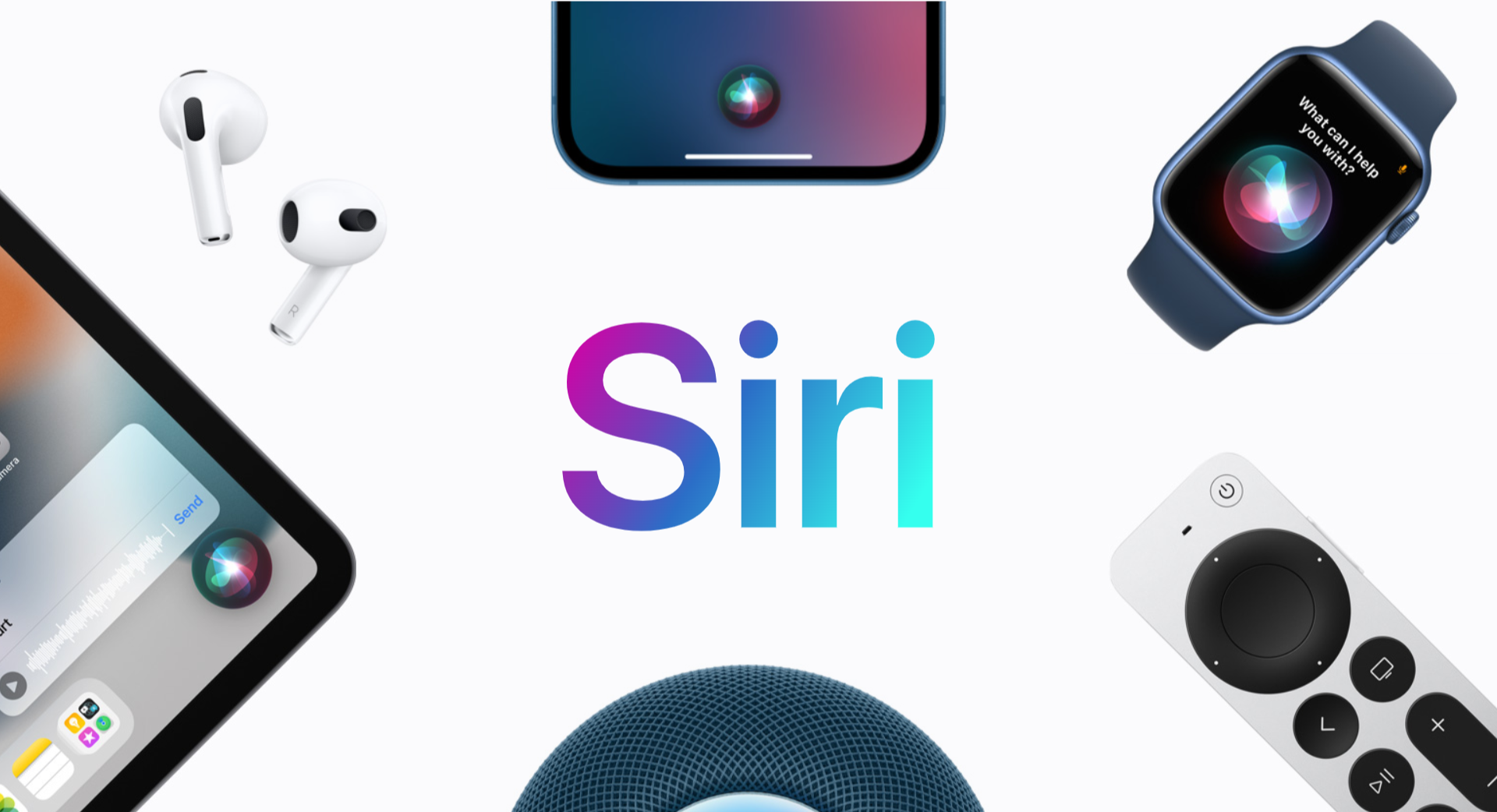How AI Shows Up in Everyday Life (From Netflix to Siri)
Artificial intelligence may sound futuristic, but it’s already embedded in the tools we use every day. From unlocking your phone with your face to asking Siri for directions, AI quietly powers the convenience we often take for granted.
This article walks through how AI appears in daily life—without the technical jargon—so you can understand what’s actually happening behind the scenes.
1. Personalized Streaming (Netflix, YouTube, Spotify)

Ever wonder how Netflix always knows what show you might like next? That’s AI at work. Streaming platforms use machine learning algorithms to analyze your viewing history, watch time, and preferences to suggest content.
These recommendation systems help you discover new favorites based on millions of patterns across users. AI learns your behavior and adjusts suggestions to keep you engaged.
Netflix Research – Machine Learning Behind Recommendations
Watch: How Netflix Uses AI – YouTube
2. Virtual Assistants (Siri, Alexa, Google Assistant)

When you say “Hey Siri” or “OK Google,” you’re activating voice-based AI systems. These assistants use natural language processing (NLP) to understand your voice and give you a relevant response.
Whether setting reminders, playing music, or answering trivia questions, they rely on AI to interpret speech, access online data, and respond appropriately.
Google AI Blog – How Google Assistant Understands You
Watch: How Siri Works Using AI – YouTube
3. Facial Recognition (Phone Unlock, Airport Security)

Face unlock on smartphones uses AI-powered facial recognition to identify your unique facial structure. It compares dozens of facial features—like eye spacing and jawline geometry—to verify identity.
Beyond phones, facial recognition is used at airports, shopping malls, and public spaces for identification or surveillance.
IBM – Understanding Facial Recognition
4. Smart Home Devices (Thermostats, Lights, Cameras)

Devices like Nest thermostats or Ring doorbells use AI to learn your behavior and automate your environment. For example, a smart thermostat might learn when you’re home and adjust the temperature for comfort and efficiency.
AI enables these systems to get smarter over time—predicting patterns and personalizing your home experience.
Google Blog – How AI Personalizes Your Smart Home
5. Navigation and Maps (Google Maps, Waze)

When you use Google Maps or Waze to avoid traffic, you’re using AI. These apps analyze real-time traffic, speed, road closures, and even crowd-sourced data to provide optimal routes.
Machine learning algorithms constantly improve by studying billions of miles of driving data, travel speeds, and conditions.
Google AI – Using AI to Improve Maps
6. E-Commerce and Online Ads (Amazon, Facebook, TikTok)
Ever browse a product and see it later in ads? AI tracks your online behavior to recommend products, predict shopping habits, and serve targeted ads.
AI is also behind smart pricing, delivery estimates, and customer support chatbots.
Harvard Business Review – How Retail Uses AI
7. Email Filters and Smart Replies (Gmail, Outlook)
Gmail’s ability to detect spam or suggest short replies like “Sounds good!” is powered by AI. Email platforms scan for language patterns, sender history, and suspicious links to protect users and improve workflow.
Google AI – How Smart Compose Works
8. Health Apps and Fitness Tracking (Apple Watch, Fitbit)
Health and fitness apps now use AI to analyze data like heart rate, sleep patterns, and physical activity. AI helps detect anomalies, track performance goals, and even flag health risks in some cases.
Apple Newsroom – Apple Watch, AI & Health
9. Chatbots and Customer Service
Many websites now use AI chatbots that provide answers to FAQs, help with orders, or guide users to human agents when needed. These bots are trained using NLP and machine learning to handle thousands of queries efficiently.
IBM – AI Chatbots in Customer Support
10. Banking and Fraud Detection
Ever get a fraud alert from your bank? That’s AI working in real time. AI systems track spending patterns and raise flags when something looks suspicious—like a charge in another country or an unusual amount.
AI also helps with loan approvals, credit scoring, and financial recommendations.
McKinsey – How Banks Use AI for Fraud Detection
Conclusion
AI is already all around us—enhancing convenience, personalizing experiences, and improving efficiency. You don't need to be a tech expert to appreciate how AI quietly powers daily life, from Netflix to navigation, from health tracking to home devices.
The more we understand how AI is woven into our everyday routines, the more confidently we can use it—and shape its future use responsibly.
Q&A: AI in Daily Life
Q: Is AI listening to me through my phone or smart speaker?
A: Voice assistants like Alexa and Siri are activated by “wake words” and record after activation. They are not always listening, but privacy settings should be reviewed regularly.
Q: How does AI know what ads or shows to recommend?
A: Platforms like Netflix and Amazon track your activity and use AI to predict your preferences based on millions of other user patterns.
Q: Are chatbots smarter than humans now?
A: No. While chatbots can handle basic tasks and even mimic conversation, they don’t understand emotions or context the way humans do.
Q: Should I be worried about AI in daily life?
A: Not if used ethically. AI improves many aspects of daily life, but it’s important to stay informed and understand your privacy rights.
 Reviewed by Nkosinathi Ngcobo
on
July 10, 2025
Rating:
Reviewed by Nkosinathi Ngcobo
on
July 10, 2025
Rating:
No comments: